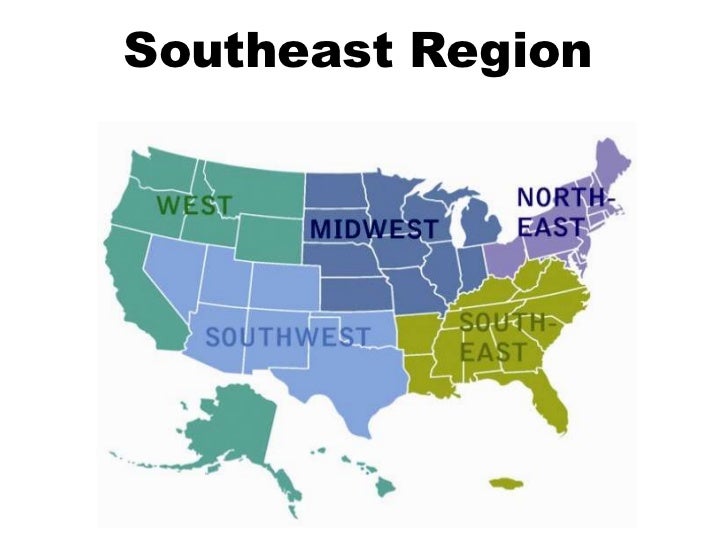 The
Nutcracker Ballet was composed by Russian composer Peter
Tchaikovsky. It was based on The
Nutcracker and the Mouse King story written by German writer E.T.A.
Hoffmann. In 1954, the renowned choreographer George Balanchine staged his own
production of The Nutcracker Ballet.
It has become the basis for the productions we see today and for the story
adaptation below. The Nutcracker has
become a special part of the Christmas holiday tradition worldwide.
The
Nutcracker Ballet was composed by Russian composer Peter
Tchaikovsky. It was based on The
Nutcracker and the Mouse King story written by German writer E.T.A.
Hoffmann. In 1954, the renowned choreographer George Balanchine staged his own
production of The Nutcracker Ballet.
It has become the basis for the productions we see today and for the story
adaptation below. The Nutcracker has
become a special part of the Christmas holiday tradition worldwide.
On December 24th, the Christmas Eve,
magic happens all over the world. Inside one house, a brother and sister by the
name Clara and Frits stood behind the closed door and peeked through the key
whole. Their cousins shoving behind them giggled.
When the door opened, the kids spilled into the
parlor. A green fragrant tree stood in the corner of the room. Sweets and
lights hung from the branches. “Whaaa” yelled the grandpa hiding behind the
door. He was always full of magic, bringing the most unusual gifts.
This year, he brought three tall boxes, each wrapped
in bright red paper tide with even brighter red ribbon. He opened the first
box. A soldier outfitted in green regimental dress stepped out. When wounded,
he saluted and clicked his heels. Harlequin and Columbine stepped out of the next
boxes. When wounded, he jiggled and she danced like a ballerina.
When the kids thought that all their presents were
unwrapped, the grandpa raised his eyebrows saying, “Aaaah, I think there is one
more box to be opened.” He pulled from under a tree, a small box. Out of it
appeared a wooden soldier. The grandpa opened the soldier’s mouth and placed a
nut inside them. Crack!
“Aw, that’s a nutcracker,” said Clara.
The grandfather handed the Nutcracker to Clara. She
didn’t have time to take a good look at the Nutcracker, when Fritz grabbed it
from her and pushed a nut into his mouth. Snap!
With a careless tug, Fritz broke the Nutcracker’s jaw.
The father scolded Fritz and the grandpa repaired
the soldier’s mouth the best he could.
The same night, when everybody was tacked in bed and
deep in sleep, Clara’s eyes were wide opened. She crept back to the parlor and
cradled the soldier warmly in her arms. She drifted into a sleep on the sofa. Bong! A clock stroke midnight. Clara
rose up from the sofa and couldn’t believe her eyes. A mouse scurried across
the room and commended an army of mice. Frit’s toy soldiers marched out in
tight formation. They charged against the mice. A fight broke out. The mice led
by the Mouse King were winning. The Nutcracker charged in and led the toy
soldiers to victory.
The Nutcracker placed a crown on Clara’s head. At
the same time, Clara found herself standing at the foot of a snowy hill and in
front of her eyes, the awkward wooden figure turned into a handsome prince. He
bowed deeply before her and led her to the edge of the ice-covered shore. They
stepped onto a sleigh-bow, whisking them into his kingdom.
As they stepped out, Clara noticed that the ice was
behind them, but in front of them stood the most colorful and the sweetest
land.
“Welcome to the Land of Sweets,” spoke the prince. “I
rule from the Marzipan Castle.”
Clara and the prince were led inside the castle,
where a banquet was awaiting them. High-stepping Russians kicked up their heels
across the banquet hall. Flower girls danced and whirled around the room.
Finally, the fairies buzzed around. It was all so colorful echoing with
cheerful music.
When music faded, Clara knew it was time to return
home. As the prince said his goodbye, he promised Clara, “We would see each
other again.”
On Christmas morning, Clara awoke in her warm bed.
As she held the Nutcracker in her arms, she recalled the adventures of last
night and knew instantly a secret of Christmas – that magic is the best present
of all.
Source: The Nutcracker Ballet by Vladimir Vagin. The
author is also an award-winning illustrator of Russian Folk Tales. The illustrations of this book fill each page transporting
readers to the ballet story. At the same time, the story brings a tribute to
the Russian heritage of music, painting, and dance.








.jpg)





















